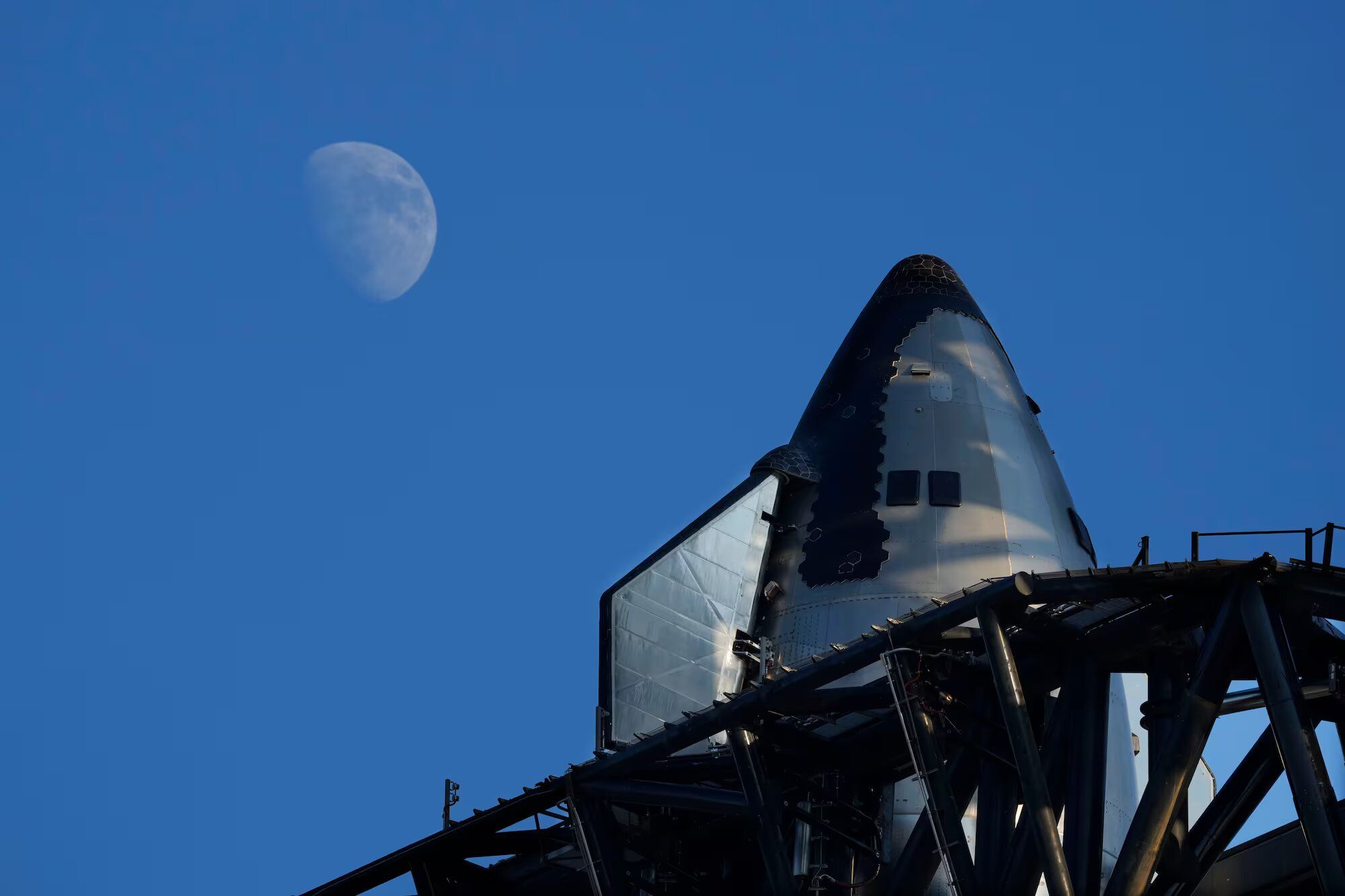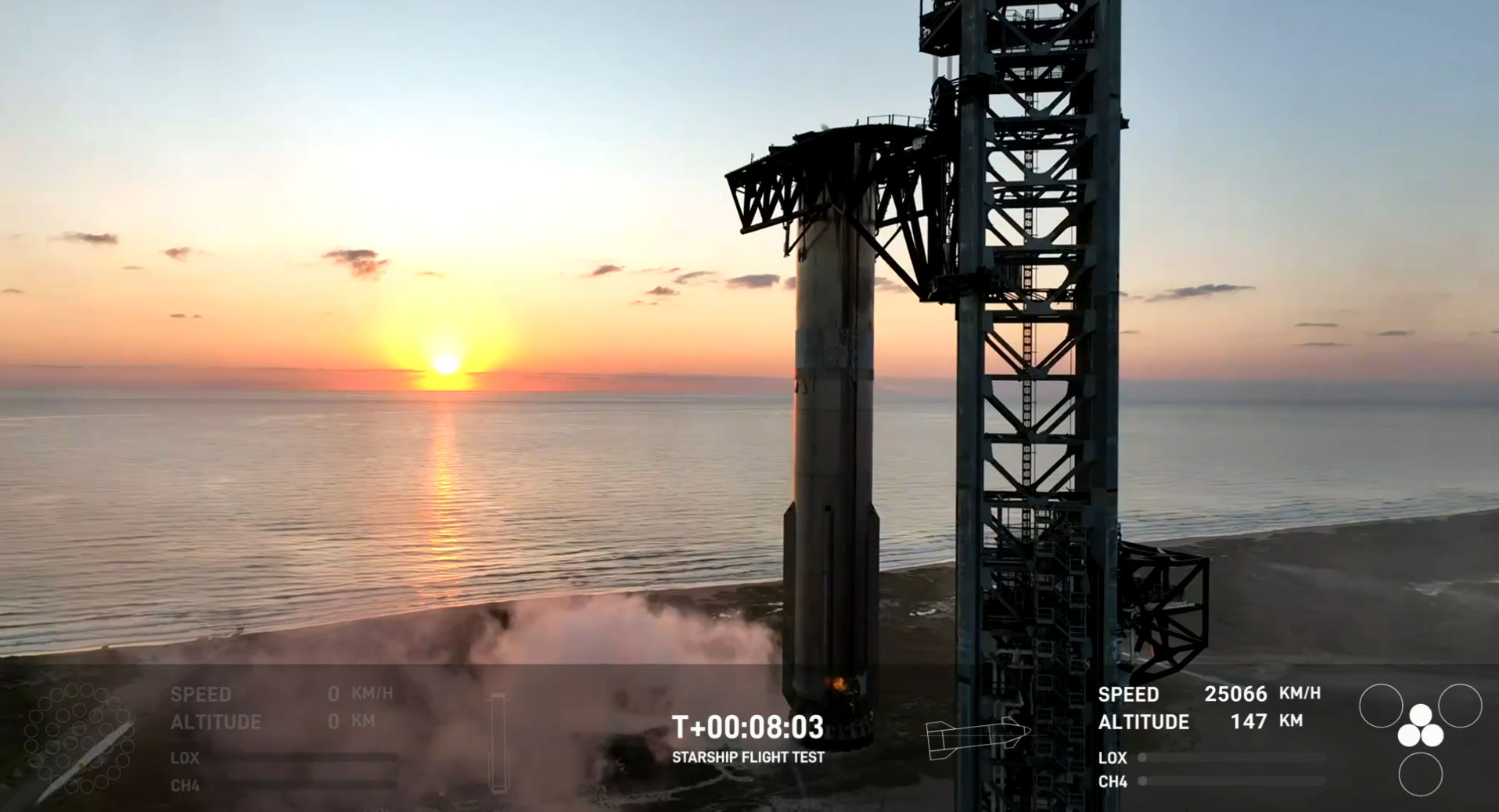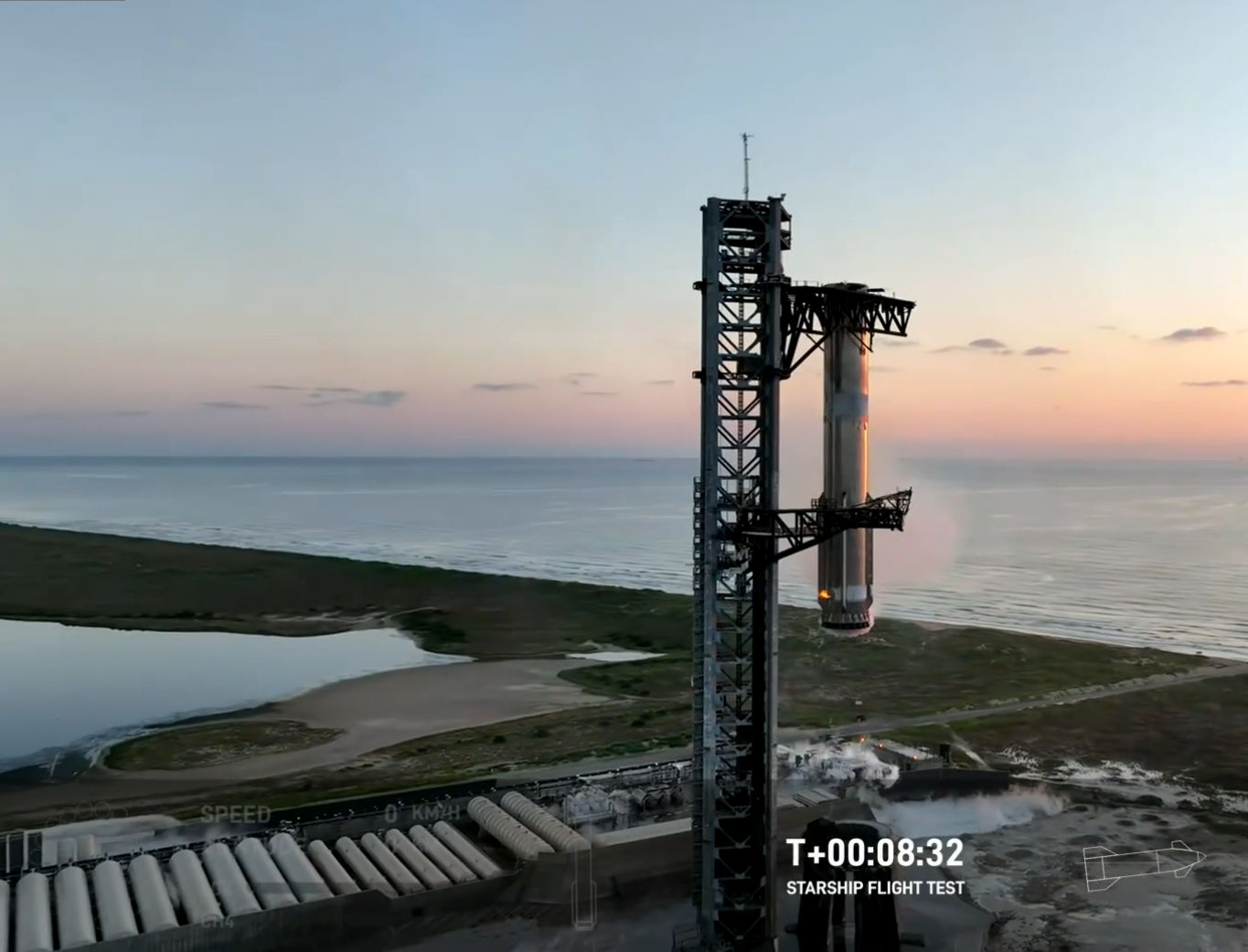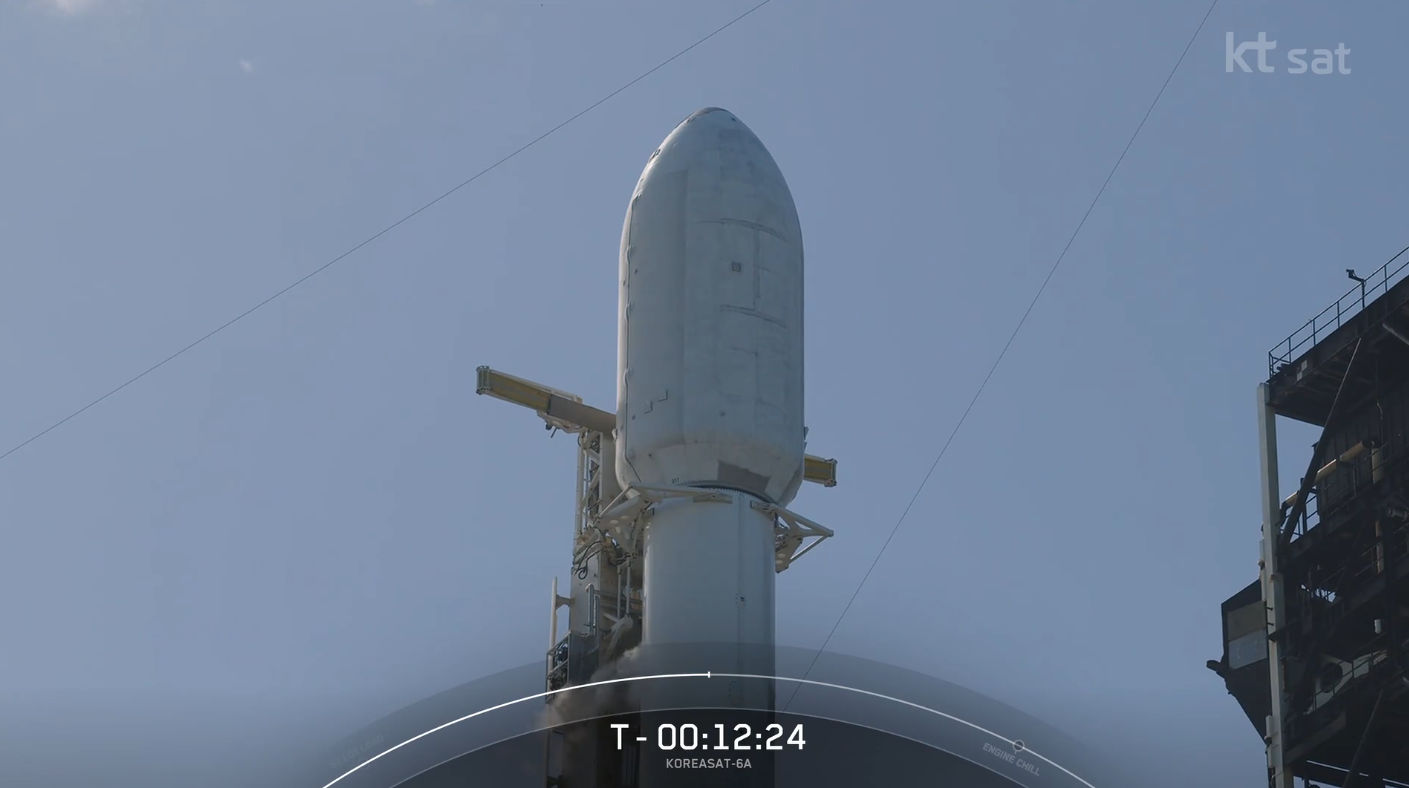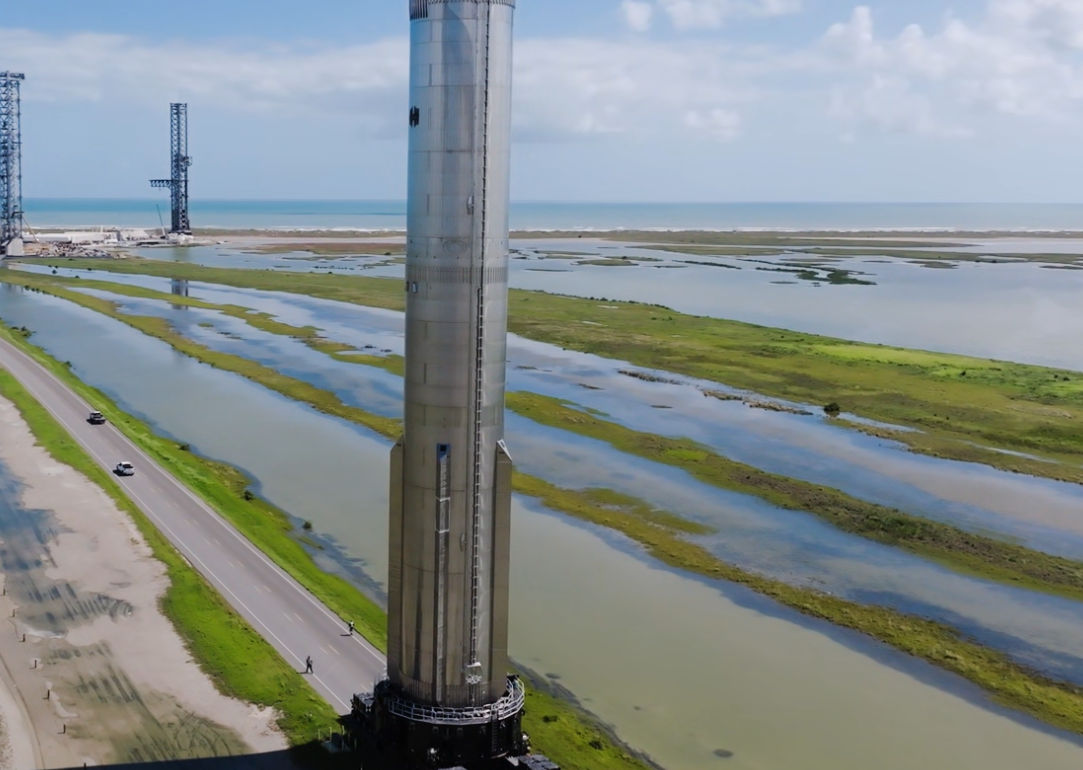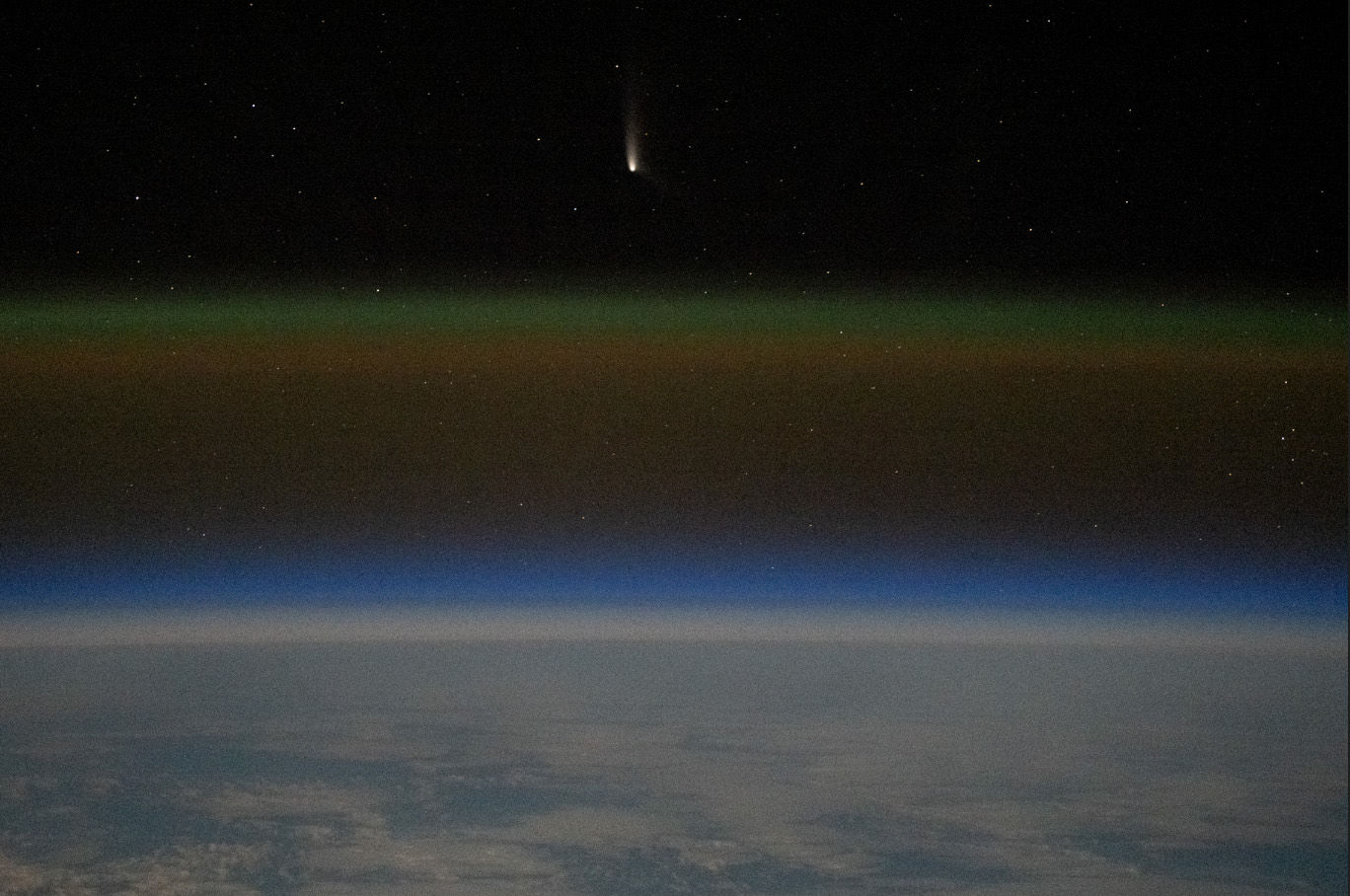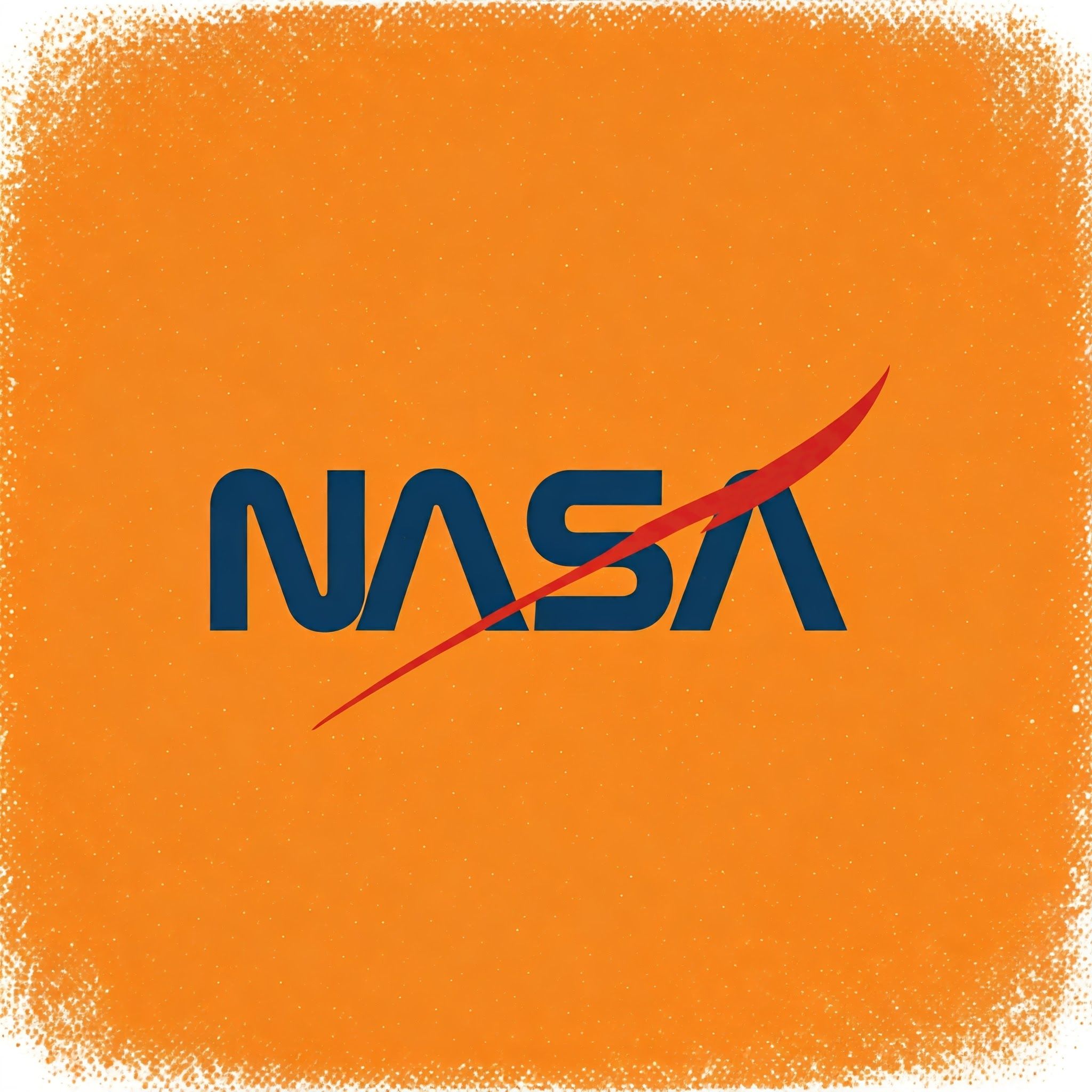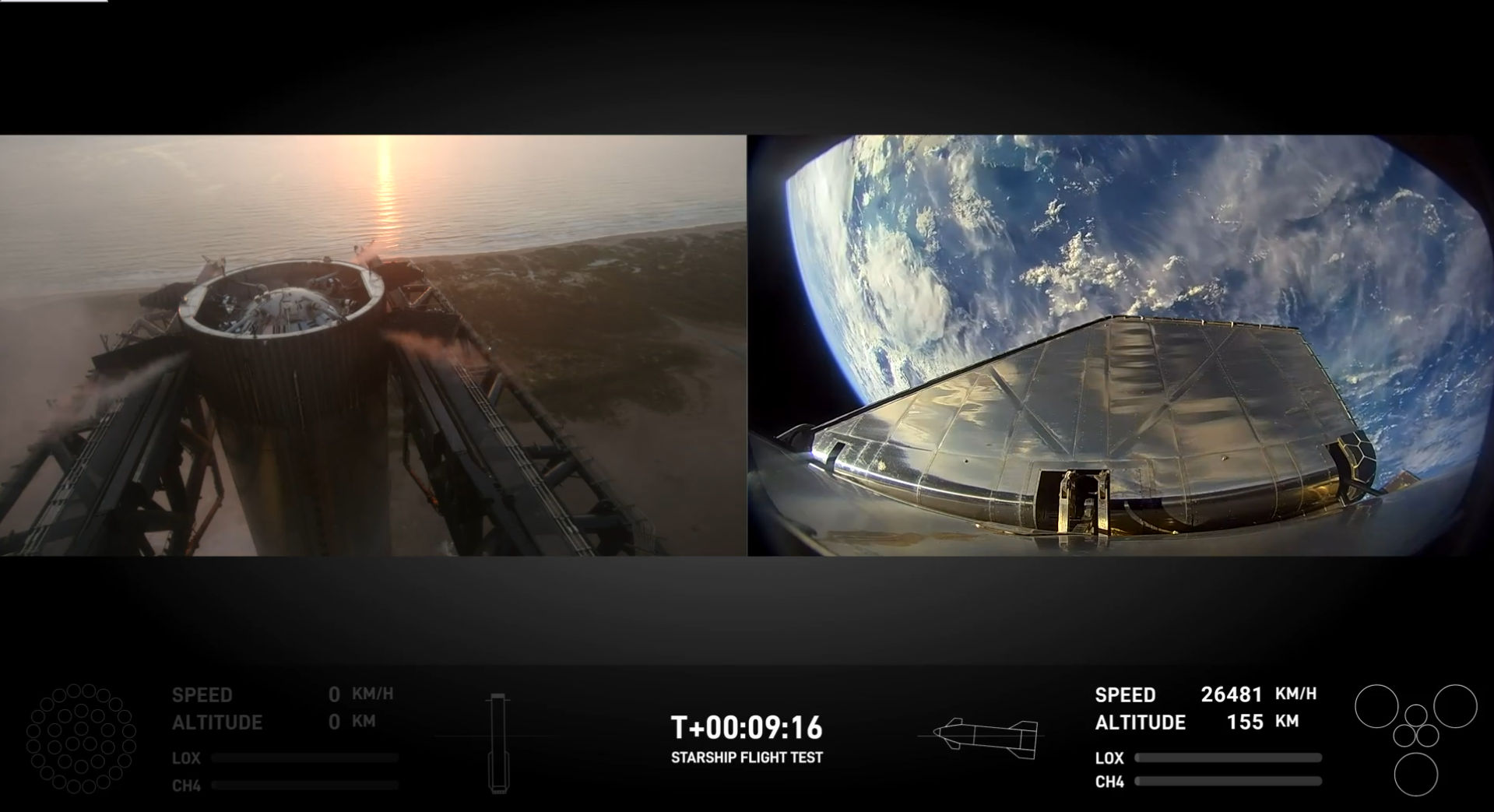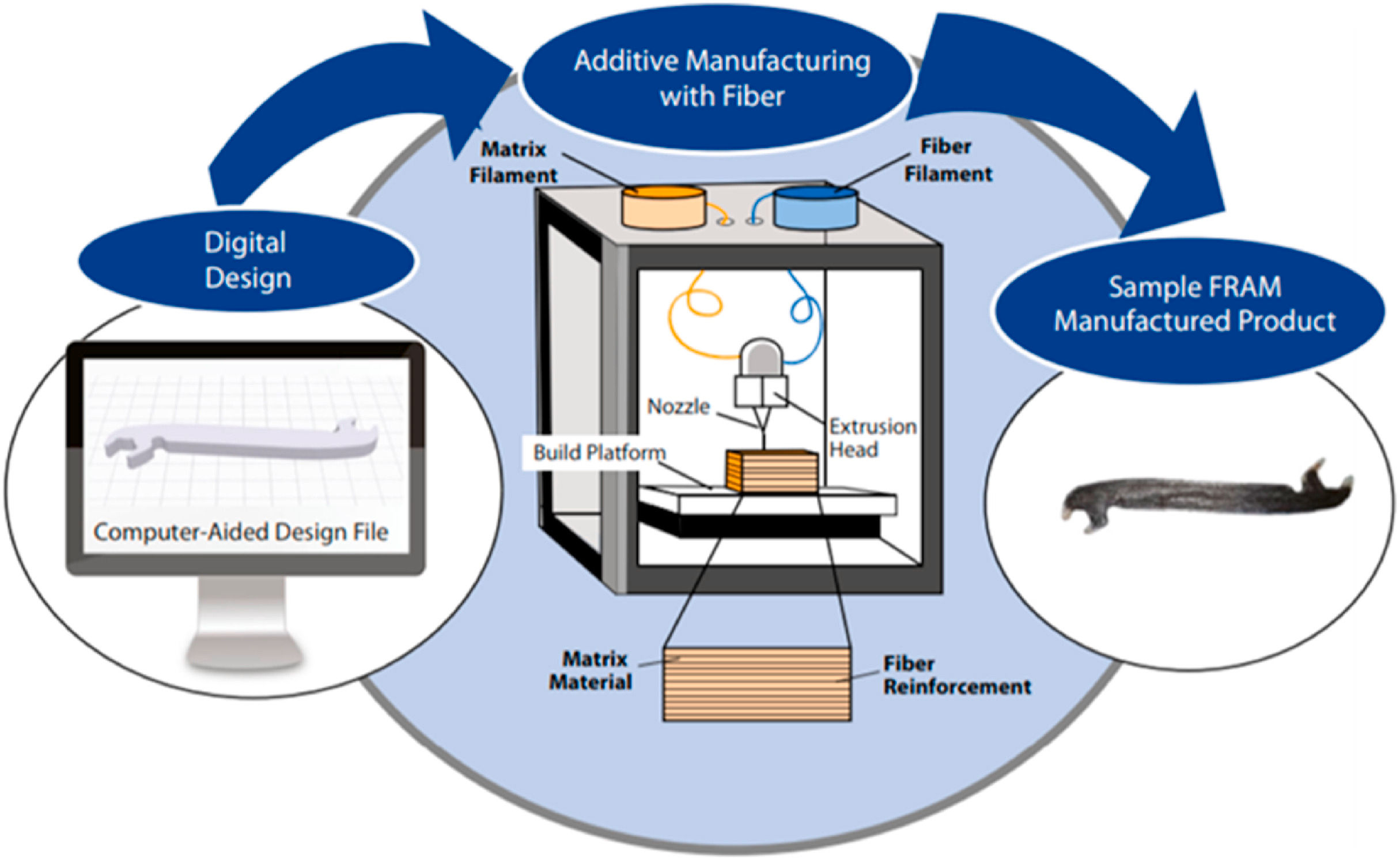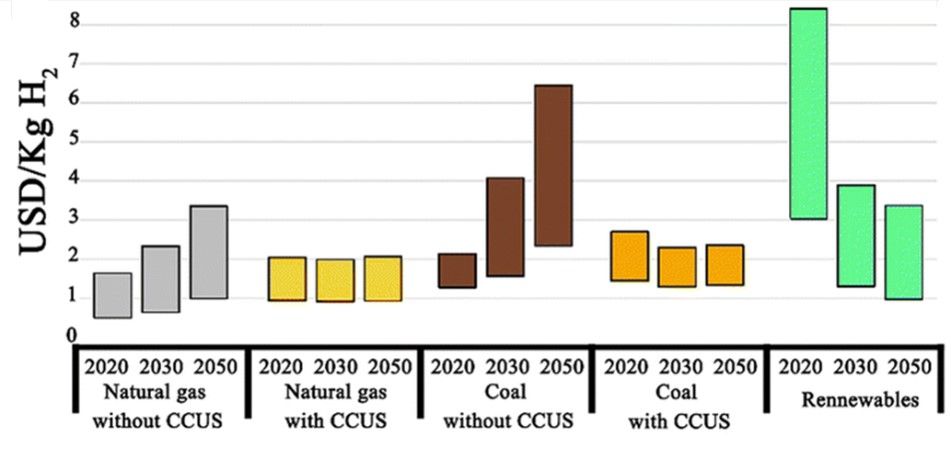SpaceX Achieves Historic Milestone: Starship Booster Caught by 'Chopsticks' on Launch Pad
SpaceX Achieves Historic Milestone: Starship Booster Caught by 'Chopsticks' on Launch Pad
A notable achievement was accomplished by SpaceX on October 13, 2024, during its fifth test flight of the Starship rocket. The rocket's Super Heavy booster was successfully launched and caught at the launch site in Texas, marking a huge milestone for the company. The booster had 33 powerful methane-powered engines in addition to reaching an amazing height of 232 feet. Following the launch of the Starship spaceship, the booster disengaged from the spacecraft and plummeted back toward the launch pad. Once it reached the launch pad, it was captured by metal arms, also known as "chopsticks," that were positioned on the launch tower. This was the first time that SpaceX was successful in catching a returning booster at the launch pad. This was a difficult and high-stakes maneuver that had previously only been tried with smaller rockets such as the Falcon 9, which land on ocean platforms or ground pads at some distance from the launch site. The recuperation of the rocket is an essential step toward the goal of making Starship a completely reusable spacecraft. This will allow for a considerable reduction in both the costs and the turnaround time for future missions. The spacecraft that was traveling on top of the rocket continued its trip with the intention of landing in the Indian Ocean in a controlled manner. This test flight also includes updates to the rocket, including changes to the heat shield and software, with the goal of increasing flight performance and correcting concerns that were observed during prior missions.
To allow lunar exploration and potentially crewed flights to Mars, SpaceX is making significant breakthroughs with Starship, which are part of a larger strategy to accomplish this. A contract has already been signed between NASA and SpaceX for the use of the Starship in the Artemis program, which has the goal of landing people on the Moon by the year 2026. As a result of this accomplishment, SpaceX has demonstrated its unwavering dedication to quick development and iterative testing, despite the difficulties and delays posed by regulatory authorities. This success paves the way for future space exploration missions.
Images provided by SpaceX. It illustrates SpaceX's rocket booster returning to the launch pad on Sunday, Oct. 13, 2024, in Boca Chica, Texas.
Credits to https://www.daytondailynews.com/nation-world/space...
SpaceX has attained exceptional efficiency through the recycling of its Falcon rocket boosters, a tactic that has significantly accelerated launch frequency and saved millions for the corporation. Elon Musk is now focused on using this reusable technology in the Starship program. Starship's Super Heavy booster, the most powerful rocket globally, features 33 methane-fueled engines, pushing the limits of spaceflight capability. After the current test flight, Musk stated that the retrieved booster was in reasonably excellent shape, notwithstanding some bending on many outer engines caused by severe heat and aerodynamic stress. He affirmed that these challenges were readily resolvable, indicating a hopeful future for reusable space travel with Starship.
SpaceX's ambitions for Starship extend beyond Earth's orbit. NASA has procured two Starship spacecraft for forthcoming Artemis missions, with the objective of landing people on the Moon later this decade. The business anticipates using Starship for the transportation of individuals and cargo to the Moon and, ultimately, Mars, facilitating human colonization of other celestial bodies.
Images provided by SpaceX. https://www.spacex.com/ Sunday, Oct. 13, 2024, in Boca Chica, Texas.
Images provided by SpaceX. https://www.spacex.com/Sunday, Oct. 13, 2024, in Boca Chica, Texas.
Images provided by SpaceX. https://www.spacex.com/ Sunday, Oct. 13, 2024, in Boca Chica, Texas
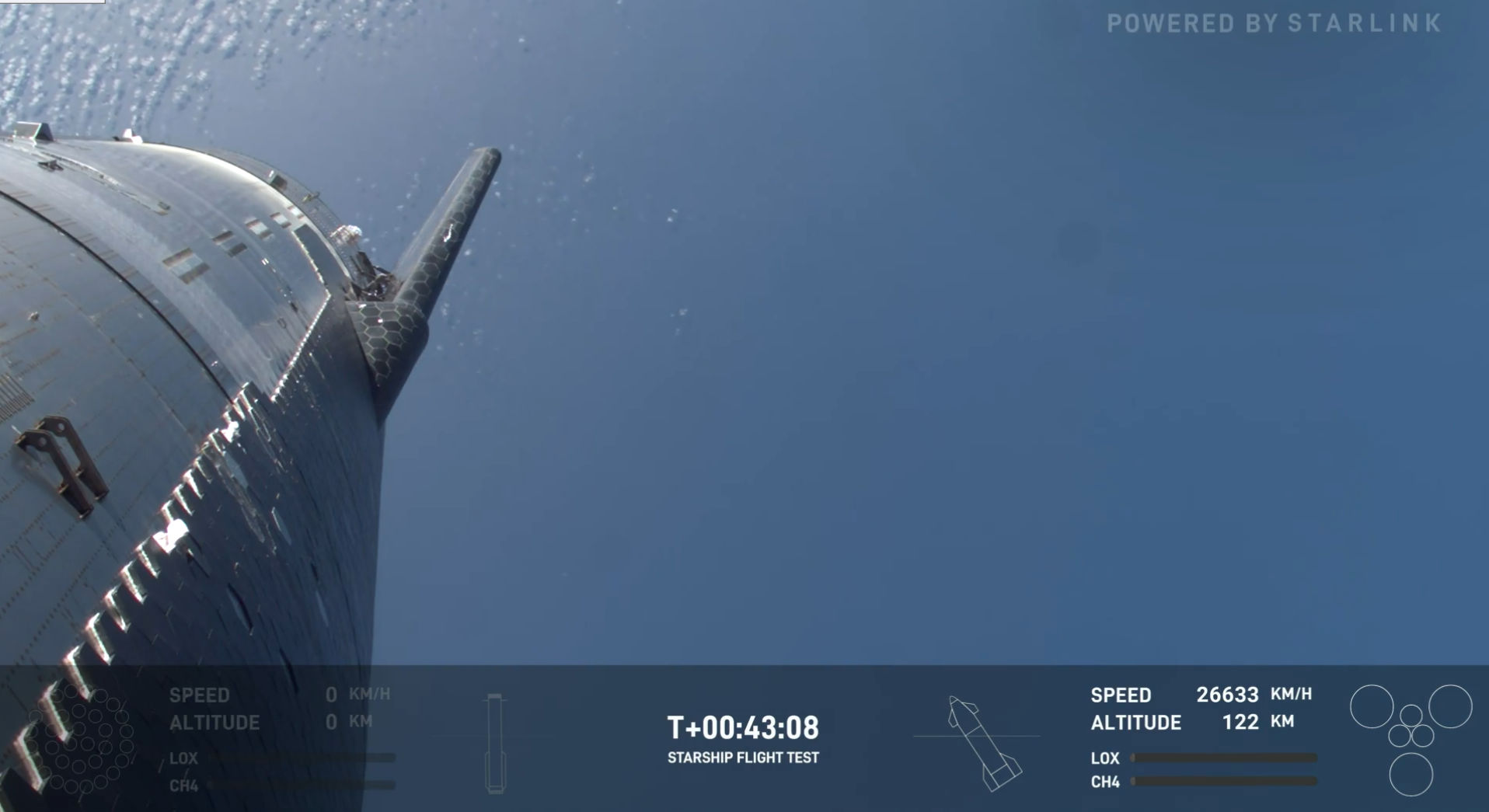
Sources and Further reading
1. https://www.daytondailynews.com/nation-world/space...
2. https://gazette.com/news/us-world/spacex-catches-g...

